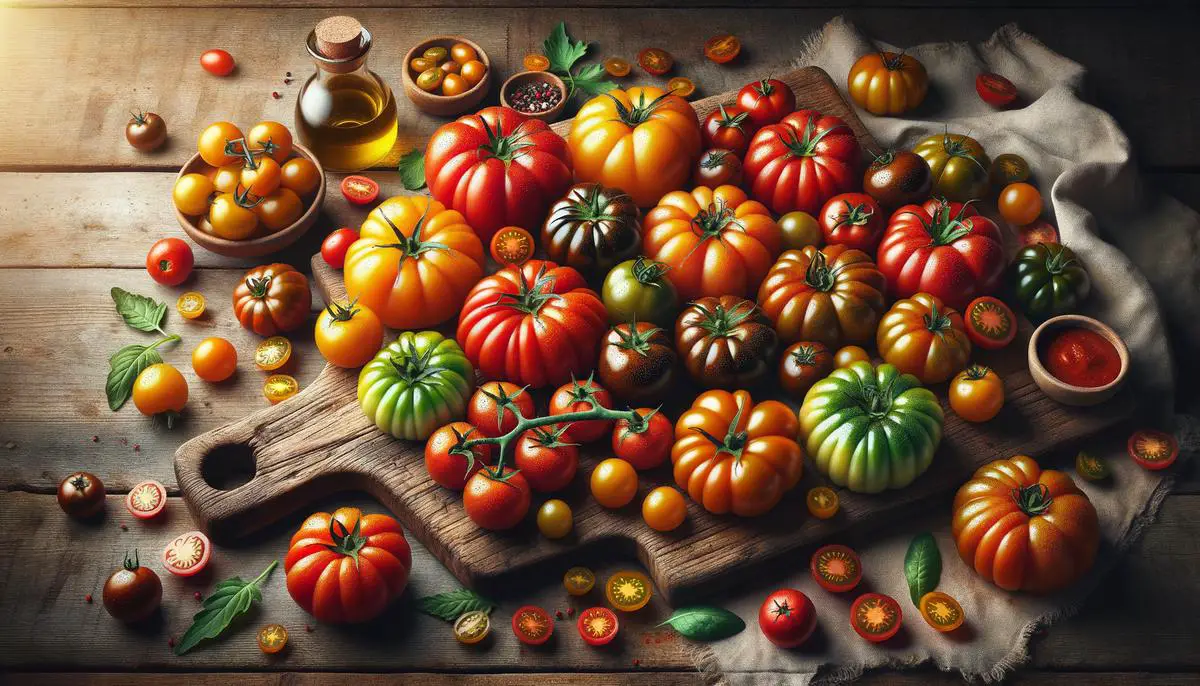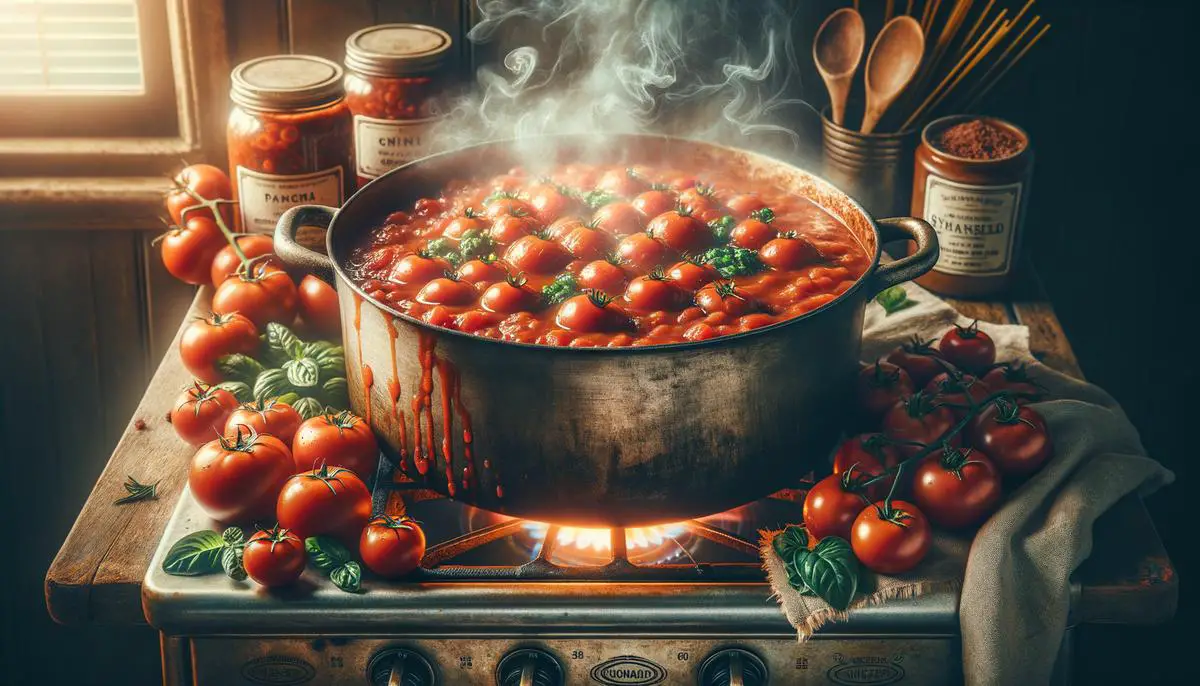
When it comes to making a sweet spaghetti sauce that everyone will love, the secret lies in selecting the right ingredients from the start. The choice of tomatoes and how you balance their natural flavors can make all the difference between a good sauce and a great one. This article will guide you through picking the best tomatoes and using simple tricks to achieve that perfect taste, ensuring your spaghetti sauce is always a hit.
Choosing the Right Tomatoes
Creating a sweet spaghetti sauce starts with selecting the right tomatoes. Tomatoes are the foundation of your sauce, and their flavor determines if your sauce will be a success or a disappointment. Let's explore the process for choosing the best tomatoes to ensure your spaghetti sauce is not just good, but exceptional.
The type of tomato is crucial. For a sweet spaghetti sauce, Roma or San Marzano tomatoes are ideal. Roma tomatoes are less watery and have fewer seeds, resulting in a thicker sauce. San Marzano tomatoes are a variety frequently used in Italian cuisine due to their sweet flavor and low acidity.
Freshness is key. Always choose fresh tomatoes when possible. Fresh tomatoes have a vibrant color (bright red for most varieties), feel firm (but not hard) when gently pressed, and have a fragrant aroma at their stem. If tomatoes meet these criteria, they're likely to be fresh and flavorful.
If it's within your budget, opt for organic tomatoes. They're typically grown without synthetic pesticides and often have better taste and higher levels of antioxidants, making your sauce tastier and healthier1.
If fresh tomatoes are unavailable or you prefer a shortcut without sacrificing much on taste, selecting high-quality canned tomatoes is essential. Look for cans that say "100% from Italy" or have "D.O.P." on them if choosing San Marzano. These usually indicate a better, sweeter flavor profile suitable for your sauce.
For the sweetest sauce, use ripe tomatoes. They should have a deep color and yield slightly under pressure, indicating they're at their peak sweetness. Ripe tomatoes will naturally make your sauce sweeter without the need for added sugar.
When selecting the perfect tomatoes for your spaghetti sauce, remember that sweet, ripe, and quality tomatoes are essential. Keep these tips in mind the next time you're at the market, ready to create that delicious sauce that everyone will enjoy.

Balancing Flavors
Unlocking the Sweet Secret of Tomato Sauce: The Power of Sugar
Have you ever wondered why some spaghetti sauces have the perfect blend of tart and sweet, while others fall short? The answer could be one simple ingredient: sugar.
Sugar has the power to balance the acidity in tomatoes, transforming an average sauce into a masterpiece. However, before adding sugar to your pot, there are a few points to consider to achieve the perfect harmony without making the sauce overly sweet.
Quantity is crucial. Sugar should be added sparingly. Begin by stirring in a small pinch or a scant teaspoon to your simmering sauce. Allow it to meld within the bubbling mixture, then taste after a few moments to determine if it needs more. Remember, like salt, you can always add but never take away.
If you're hesitant about using straight sugar, there are natural alternatives. Ingredients like finely grated carrots or a dash of honey can enhance your sauce with a subtle sweetness while introducing an extra layer of flavor2. Choose additions that align with your preferences and dietary considerations.
Balance is the ultimate goal. Adding sweetness should never overpower the rich, robust tomato essence but rather complement it, smoothing out any acidic edges for a delectable finish. Adjustments should be thoughtful and guided by taste as much as by recipe.
Unleashing the sweet secret within your spaghetti sauce comes down to mindful additions and taste-driven fine-tuning. Whether through a pinch of sugar or the inclusion of natural sweeteners, achieving that fantastic flavor equilibrium will elevate your tomato sauce from a mere condiment to the star of your dish. Give it a try, and be prepared for your spaghetti dinners to take a deliciously balanced turn for the better.

By keeping these tips in mind, you’re well on your way to creating a spaghetti sauce that stands out for all the right reasons. It’s about more than just mixing ingredients; it’s about understanding how each component contributes to the overall flavor profile of your dish. With patience and practice, you’ll find that perfect balance of sweetness and acidity, making your homemade spaghetti sauce not just food but an experience to remember.
- Barański M, Średnicka-Tober D, Volakakis N, et al. Higher antioxidant and lower cadmium concentrations and lower incidence of pesticide residues in organically grown crops: a systematic literature review and meta-analyses. Br J Nutr. 2014;112(5):794-811.
- Sinha R, Chow WH, Kulldorff M, et al. Well-done, grilled red meat increases the risk of colorectal adenomas. Cancer Res. 1999;59(17):4320-4324.



